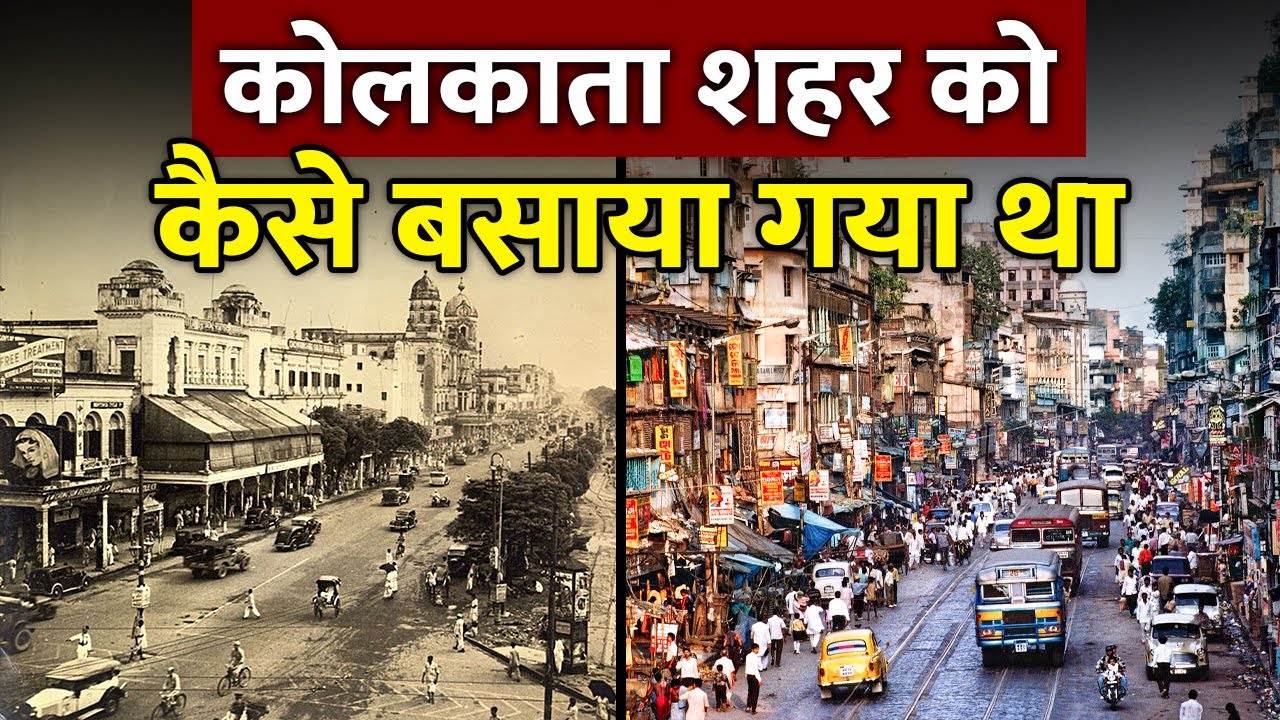Revolt of 1857
Summary
TLDRThe British East India Company's exploitation of India's resources, alongside its oppressive colonial policies, sparked widespread discontent in the country. The Company's unjust revenue systems, interference with local governance, and racially discriminatory treatment of Indians led to growing unrest, particularly among the sepoys. Tensions reached a breaking point with the introduction of greased rifle cartridges, which violated religious beliefs, triggering the 1857 revolt. Though ultimately suppressed, the rebellion ignited a nationalistic spirit and inspired future struggles for Indian independence, laying the foundation for a unified resistance against British colonial rule.
Takeaways
- 😀 The East India Company became a political power in India by 1772, prioritizing profit over the welfare of the local population.
- 😀 The Company's expansionist and exploitative policies led to significant suffering for peasants, artisans, rulers, and soldiers.
- 😀 The revenue systems introduced by the British, like the Permanent Settlement and Mahalwari System, impoverished Indian farmers due to high taxation.
- 😀 The annexation of Indian states by the East India Company disrupted local economies, particularly harming artisans and craftsmen.
- 😀 British policies discouraged Indian handicrafts while promoting British goods, leading to the decline of traditional industries.
- 😀 The British treated Indians, including upper-class Indians, with contempt, which fueled discontent among the educated class exposed to Western ideals of equality and liberty.
- 😀 The Christian missionary activities in India were seen with suspicion by the Indian population, as they were perceived as interference in social and religious matters.
- 😀 The British-imposed service conditions in the Indian army, including mandatory overseas service, clashed with the religious beliefs of sepoys.
- 😀 The 1857 rebellion began when sepoys refused to use the new Enfield rifles, which were reportedly greased with beef and pig fat, offending Hindu and Muslim soldiers.
- 😀 Mangal Pandey's act of rebellion at Barrackpore in 1857 became the flashpoint of the uprising, inspiring widespread mutiny among sepoys across India.
- 😀 The revolt spread to Delhi, where Bahadur Shah Zafar was declared the symbolic leader, but the real power was exercised by rebel generals like Bakht Khan.
- 😀 Despite fierce resistance from leaders like Rani Lakshmi Bai, Nana Sahib, and Begum Hazrat Mahal, the revolt was ultimately suppressed by the British by 1859, but it ignited a nationalistic spirit among Indians.
Q & A
What was the primary goal of the East India Company in India?
-The primary goal of the East India Company was to derive benefits from Indian territories, focusing on economic gain rather than improving the lives of the local people.
How did the colonial policies of the East India Company affect Indian society?
-The colonial policies, including heavy taxation, the annexation of states, and the destruction of traditional industries, led to the impoverishment of peasants and artisans, disrupted the economic fabric, and caused widespread discontent.
What were the consequences of the British revenue policies like the Permanent Settlement?
-The British revenue policies such as the Permanent Settlement left peasants impoverished due to heavy taxation, and they also disrupted the traditional agrarian system, leading to economic distress.
How did the British treat Indian aristocracy and rulers under their rule?
-The British policies, such as the Subsidiary Alliance and Doctrine of Lapse, undermined the Indian aristocracy, forfeiting their land rights and reducing their social and political status, leading to resentment.
What role did racism play in the relationship between the British and Indians?
-The British held a racist attitude towards Indians, treating even upper-class Indians with contempt, which fueled anger and resentment, especially among educated Indians who became aware of Western concepts like equality and liberty.
How did the British policies affect the religious beliefs of Indian sepoys?
-British policies, including the introduction of the Enfield rifle cartridges greased with animal fat, directly conflicted with the religious beliefs of Hindu and Muslim sepoys, leading to widespread discontent and rebellion.
What event triggered the mutiny of 1857?
-The immediate trigger for the 1857 mutiny was the introduction of the Enfield rifle, which required sepoys to bite cartridges greased with beef and pig fat, violating Hindu and Muslim religious beliefs.
Who was Mangal Pandey, and what role did he play in the revolt of 1857?
-Mangal Pandey was a sepoy in the British East India Company's army who, in March 1857, attacked his officers in protest against the greased cartridges. His actions inspired other sepoys and marked the beginning of the revolt.
How did the revolt of 1857 spread across India?
-The revolt spread rapidly as sepoys in different regions, inspired by leaders like Mangal Pandey, rose up. Major centers of the revolt included Delhi, Lucknow, and Kanpur, with leaders such as Nana Sahib, Rani Lakshmibai, and Begum Hazrat Mahal playing key roles.
What was the outcome of the revolt of 1857, and how did it impact India?
-Although the revolt of 1857 was ultimately suppressed, it generated a sense of unity and nationalism among Indians, laying the foundation for future resistance movements and the eventual struggle for independence.
Outlines

このセクションは有料ユーザー限定です。 アクセスするには、アップグレードをお願いします。
今すぐアップグレードMindmap

このセクションは有料ユーザー限定です。 アクセスするには、アップグレードをお願いします。
今すぐアップグレードKeywords

このセクションは有料ユーザー限定です。 アクセスするには、アップグレードをお願いします。
今すぐアップグレードHighlights

このセクションは有料ユーザー限定です。 アクセスするには、アップグレードをお願いします。
今すぐアップグレードTranscripts

このセクションは有料ユーザー限定です。 アクセスするには、アップグレードをお願いします。
今すぐアップグレード関連動画をさらに表示

Class 10 | The First War of Independence, 1857 | History | ICSE Board | Home Revise

The Revolt of 1857 Origin | Indian Modern History | UPSC | Lecture 16 | Aadesh Singh

3 गांवों को मिलाकर अंग्रेजों ने कैसे बसाया कोलकाता? | History Of Kolkata : Kolkata Ka Itihaas

KONDISI MASYARAKAT INDONESIA // SAAT PENJAJAHAN BELANDA

When People Rebel Class 8 History | Cbse | NCERT | When People Rebel 1857 and After | Revolt of 1857

The Unmaking of India: How the British Impoverished the World’s Richest Country
5.0 / 5 (0 votes)
